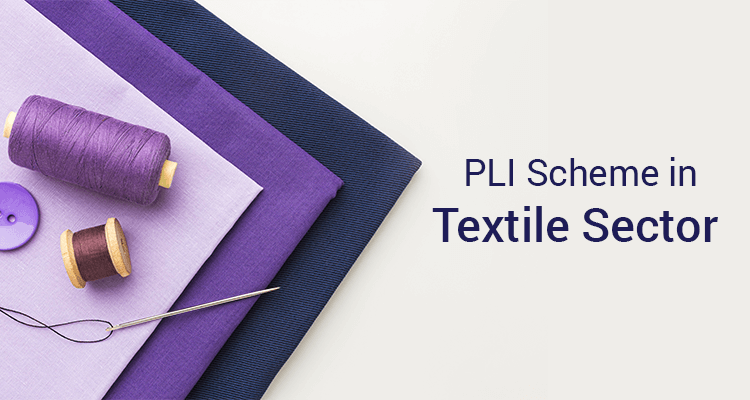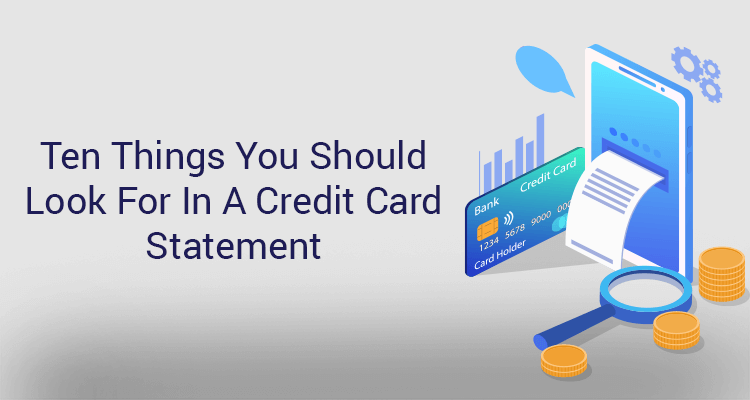PLI Scheme In Textile Sector

The production-linked incentive scheme for the textile sector is one of the flagship schemes of the government to promote man-made fabric apparel and products of technical textiles. The objective is to enable the sector to achieve size and scale, become competitive, and create jobs. The scheme offers incentives to companies setting up manufacturing units in India on incremental sales from goods produced at their units.
The PLI scheme for the sector came into operation in September 2021 and will remain in force till March 2030. The applicant can avail the incentives for five years from the date of application.
Why Textile Sector?
India is one of the leading manufacturers of textiles. Estimates show that the Indian textile industry was worth $75 billion in 2020-21. More than 12% of global exports originate from the Indian textile and apparel industry. The government estimates that the scheme can help create about 750,000 jobs in the sector.
The scheme aims to complement an already established ecosystem of cotton-based textile manufacturing in the country. It is estimated that nearly two-thirds of the global textile market is dominated by technical textiles and textiles made from man-made fibre.
Overview
More than 40 categories under man-made fibre and 10 under technical textiles have been covered under the scheme. Within man-made fibers, the scheme covers trousers, bandages, shirts, pullovers, and safety airbags among others. The technical textile segment is a relatively new product in the Indian market and it is used in various sectors, such as defence, automobiles, water, health, and aviation.
The government also introduced a National Technical Textiles Mission to aid the sector's research and development. The scheme offers new investment opportunities in this sector as well.
Benefits
These are some of the benefits of the scheme.1. The scheme will benefit raw material importers by reducing customs duty, which was a dampener in the past.
2. Through changes in the raw material and final products, the Indian textile sector will become highly efficient, resulting in economic growth and lower production costs.
3. The scheme is likely to create 750,000 jobs in the textile sector and thousands of jobs in the allied sectors. It is likely to yield a turnover of Rs 3 lakh crore over five years.
4. Investments under the PLI Scheme will be prioritised in tier 3 and tier 4 cities, making it easier for people to explore opportunities in these areas.
5. The textile sector can focus more on employing women.
Investment
During the five years since the rollout of the scheme, the textile sector will receive incentives worth Rs 10,683 crore through the scheme. Aimed at incentivising manufacturers, the scheme will pay 3-11% incentive on incremental production.
There are two types of investment possible with a different set of incentive structures.
• In the first part of the scheme, any company willing to invest a minimum of Rs 300 crore in plant, machinery, equipment and civil works will be eligible to apply for incentives.
• In the second part, the companies willing to invest a minimum of Rs 100 crore can participate.
Conclusion
The PLI scheme is aimed at helping the sector achieve scale and the size. But for the scheme to succeed key raw materials should be made cheaper and more accessible. The government can help in doing so by tinkering with the import duty whenever needed. The government must also frequently review the list of products eligible for incentive and keep expanding the list to include more products.
Also, apart from securing incentives in the form of tax reduction and subsidies, enterprises in the textile sector can take out business loans from banks and non-banking finance companies to sustain and expand their operations.
Disclaimer : The information in this blog is for general purposes only and may change without notice. It does not constitute legal, tax, or financial advice. Readers should seek professional guidance and make decisions at their own discretion. IIFL Finance is not liable for any reliance on this content. Read more



